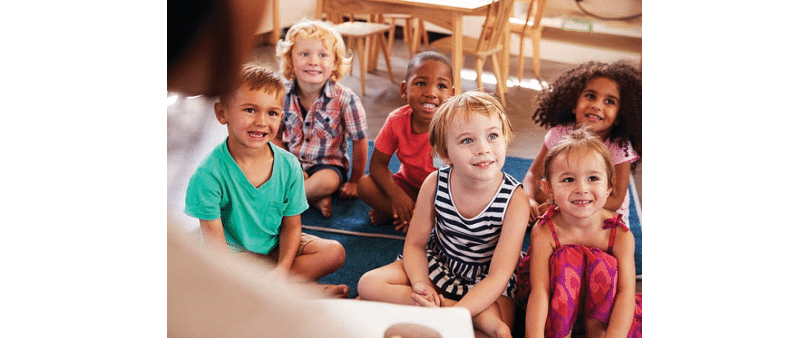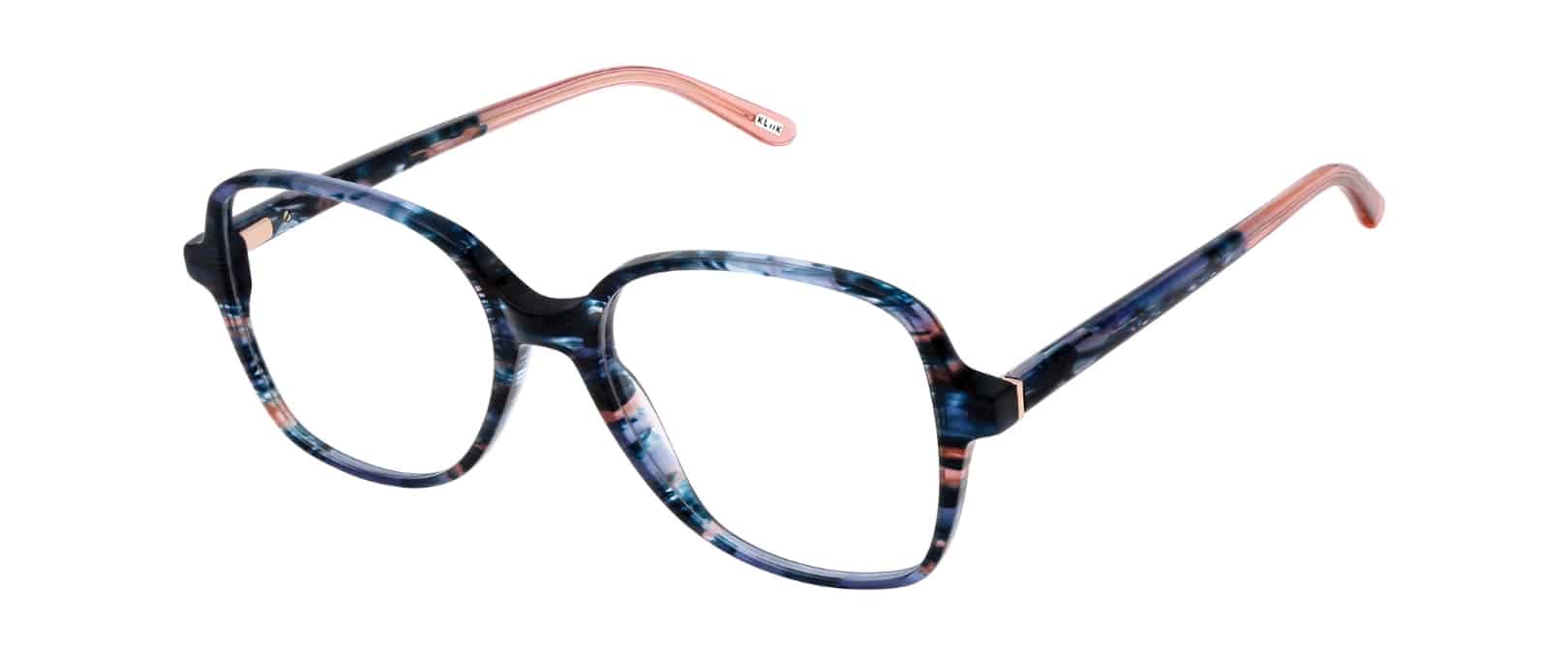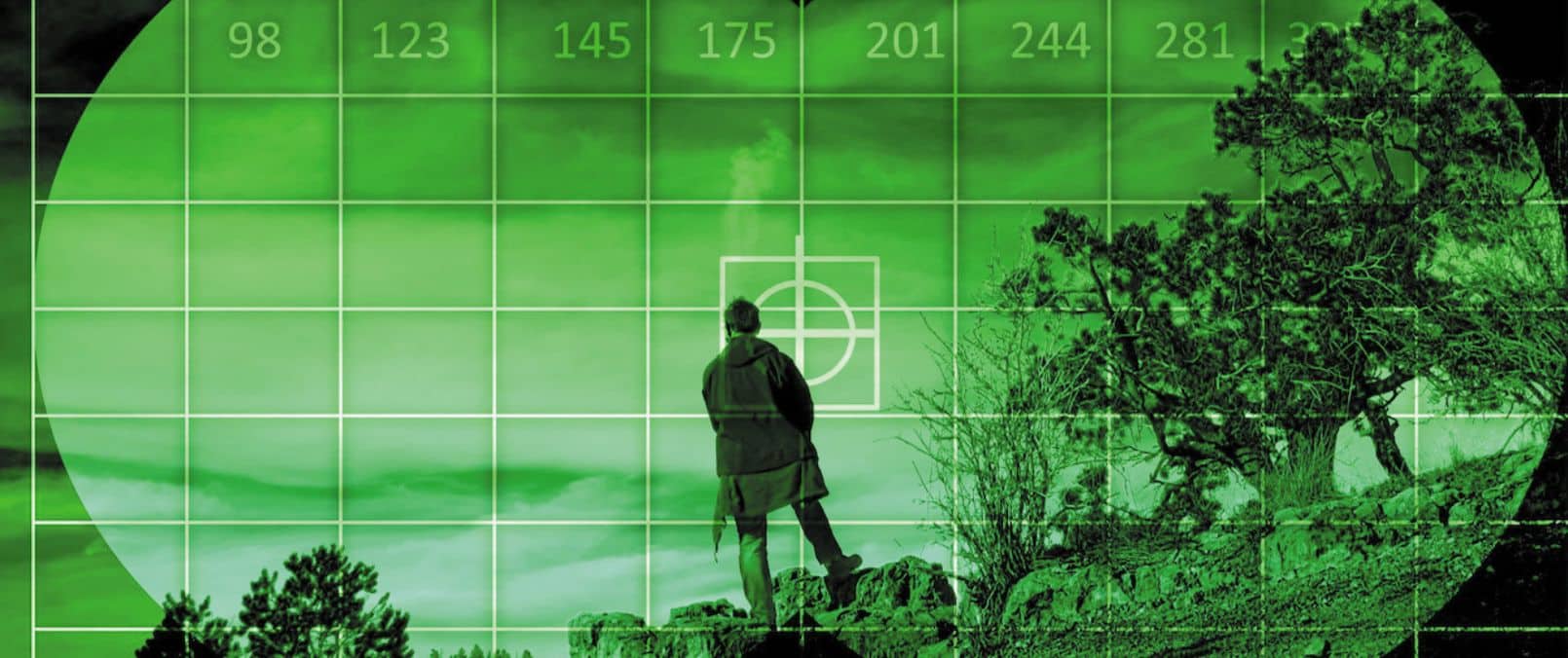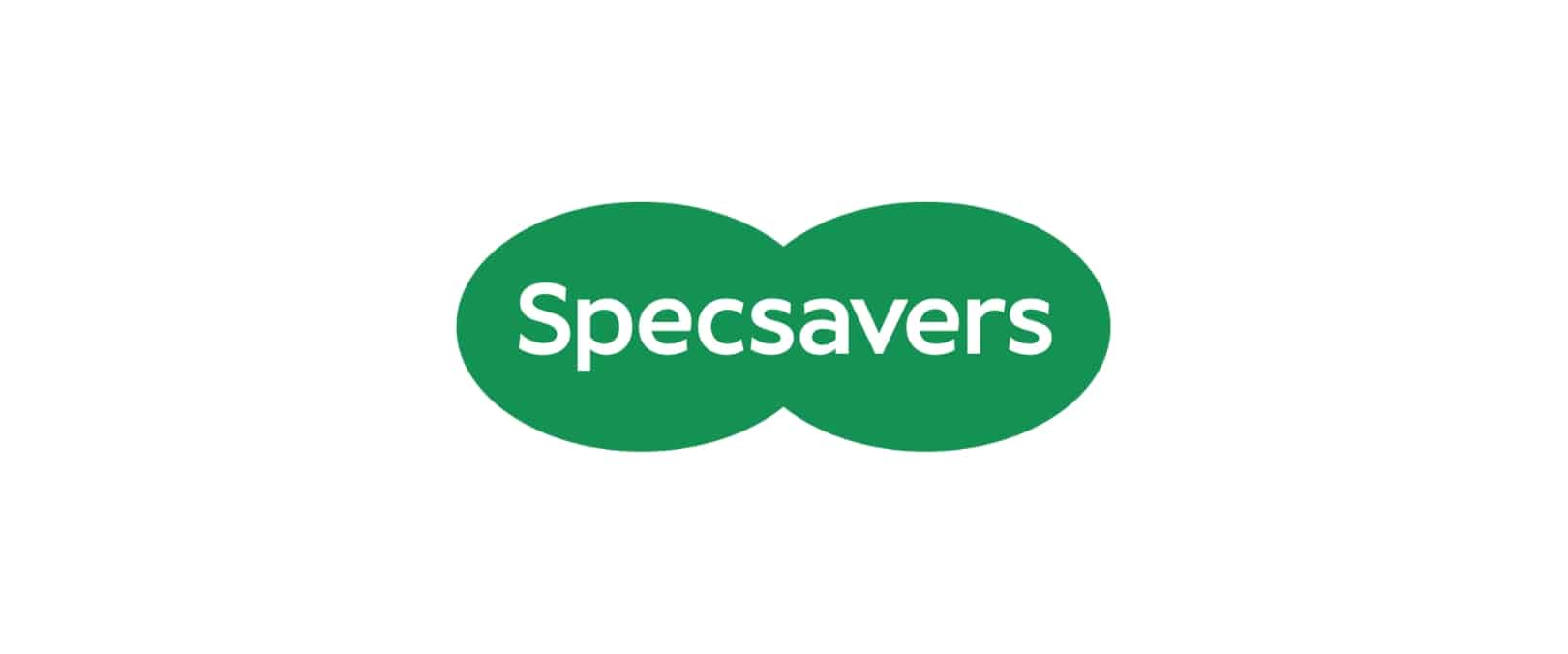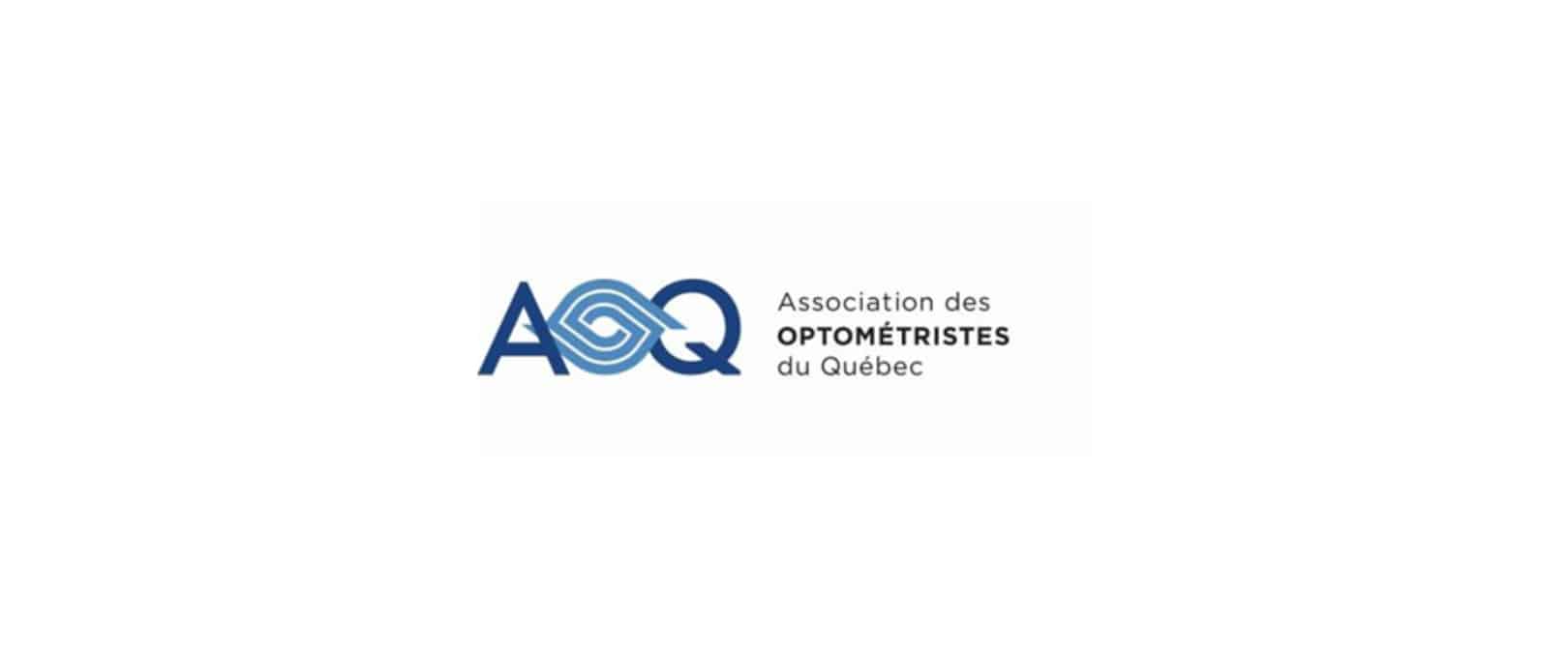Farsighted Children Struggle at School
Thursday, October 19 2017 | 00 h 00 min | Vision Science
A study published in Optometry and Vision Science from the Ohio State University found that schoolchildren with moderate farsightedness have a hard time paying attention in class and risk slipping behind their peers. Between four and fourteen percent of preschoolers have undetected moderate hyperopia, and sometimes even when detected glasses are not recommended for treatment if the farsightedness is not severe.
Marjean Taylor Kulp. Professor of Optometry at OSU, says that this puts 4 and 5 year olds at risk of struggling in a crucial time of their education. “We knew from our previous work that preschool and kindergarten children with uncorrected farsightedness have decreased early literacy, and this new study shows that there are even more deficits in these children early on,” she said.
The Vision in Preschoolers—Hyperopia in Preschoolers study grouped looked at 244 children with moderate farsightedness and 248 children with normal vision all enrolled in Head Start programs across three different states. The study found that children with uncorrected farsightedness were already behind their peers in reading skills by the first grade. Farsighted children were also more likely to perform poorly on tests of visual attention (the ability to focus on a single object while ignoring others.)
Kulp stresses “It’s important for us to identify these children and especially identify those who are having learning difficulties because of their vision.” The next step will be a follow-up study to determine if prescribing glasses to children in this age group will correct the setbacks in literacy.

